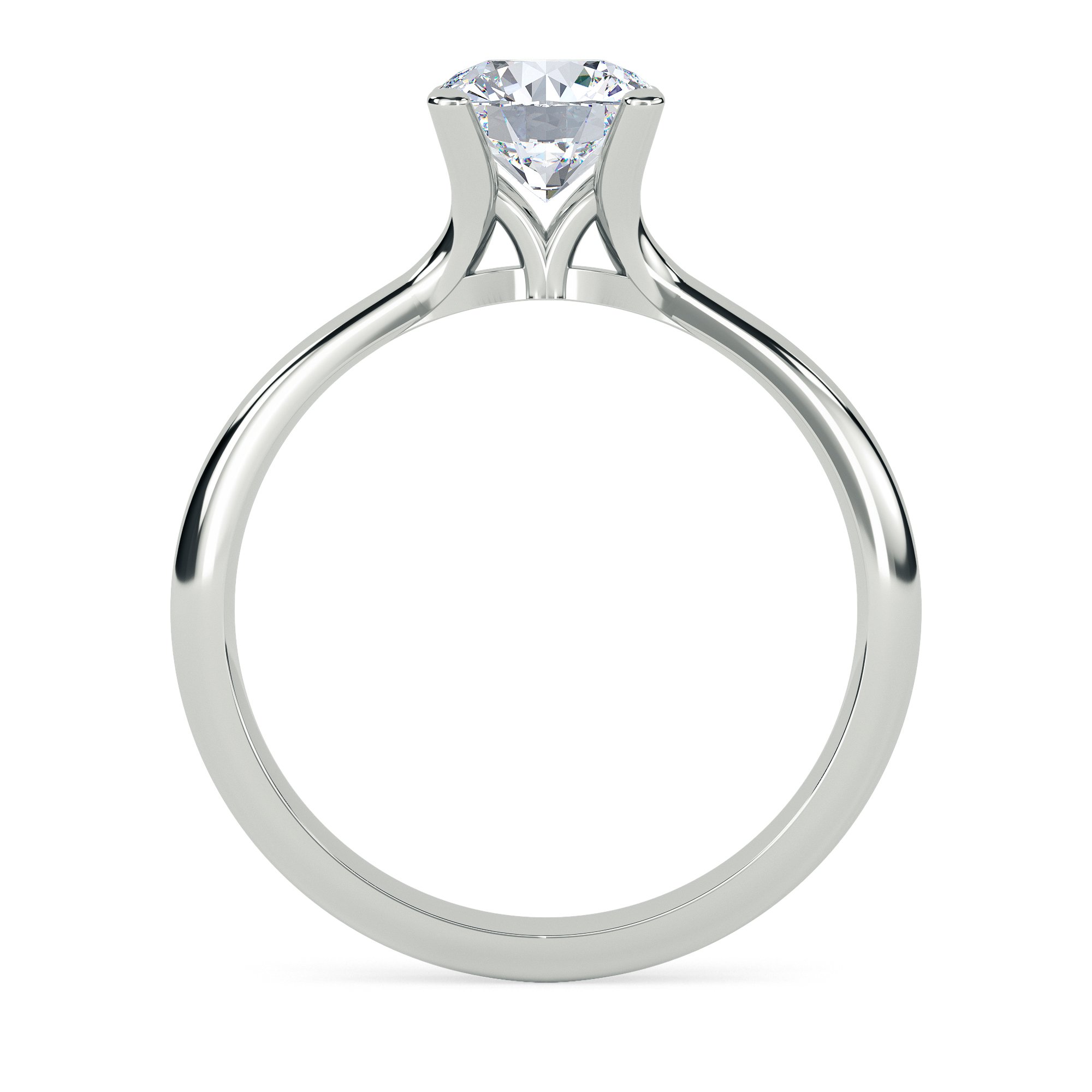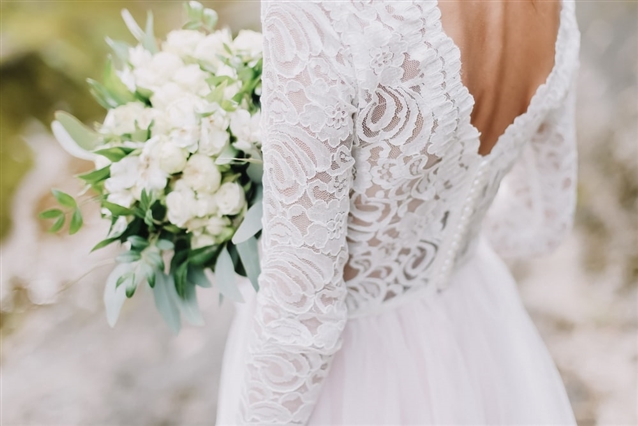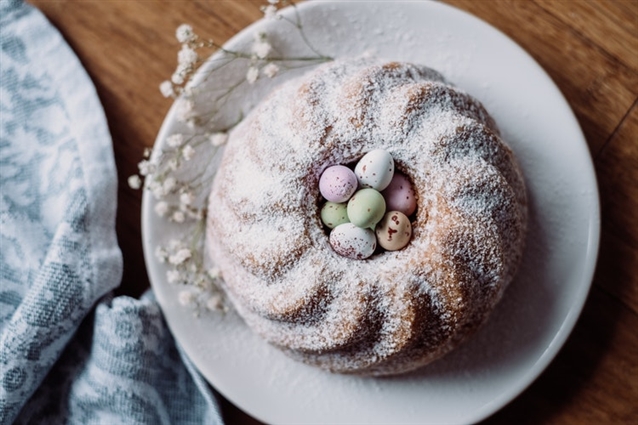Diamond Heaven Faqs: 5 Frequently Asked Questions
To help your experience with us, with answered our five most commonly asked questions.
What Shape will suit me?
- Every single diamond and gemstone has its own unique characteristics, and it can be difficult to know which shape of gemstone or diamond will suit you. The diamond or gemstone you should choose is the one you like best. Here's a little bit of information about some of our different cuts of diamonds;
The Brilliant Round Cut Diamond
The round cut diamond is the classic diamond that was created by Marcel Tolkowsky in 1919. This versatile shape suits so many different metals and designs, and is the most popular cut of diamond, taking over 75% of diamonds that are sold. Sported by Mila Kunis, this is an understated by sophisticated cut.
The Princess Cut Diamond
A princess cut diamond is perfect for those who are ladylike. The princess cut diamond was created by designer Arpad Nagy in 1961, and since then, both men and girly girls have fallen in love with the design. The princess cut is the second most popular shape, following the round cut diamond. Kaley Cuoco and Hilary Duff both wore this cut.
The Heart Cut Diamond
The heart cut diamond is the ultimate symbol of love, and has been favoured by the likes of Lady Gaga and Joan Collins. Cutting diamond or gemstone into this unique shape requires a lot of talent and craft, so you should always check to quality of the jewel before making it your heart.
The Emerald Cut Diamond
The emerald cut diamond demands glamour, and shows off a jewels clarity more than any other cut. Created in the 1920's, this cut was a product of art deco and followed the name of the popular emerald shape. From Queen B herself to Amal Clooney, this cut is loved by all.
The Asscher Cut Diamond
Asscher cut jewels are so similar to emerald cut it is hard to tell the difference. Worn by Reese Witherspoon and Elizabeth Taylor, it is a stunning cut. This cut was created in the ‘20's by the Asscher brothers of Amsterdam, and is popular with antique- and vintage-style lovers.
Find out more about what the shape of your diamond means here.
Is Jewellery Insurance Worth It?
If you have a jewellery that holds sentimental or financial value then you should always look at getting it insured, to protect it encase something should happen.
If you inherit jewellery or have pieces you no longer wear, getting them insured should be a priority. Most insurance policies may ask for a valuation of your jewellery, in order to create a policy that will work for you, and you should include any pieces that are of value to you.
It is important to check that your policy covers away from home loss. For example, if you lose your diamond engagement ring whilst you're out and about, then you'll want to get it back.
Some house insurance policies cover jewellery that is damaged or stolen if your house has been broken into, so it is always worth confirming with your home insurance company.
We recommend T.H March Jewellery Insurance, leaders in specialist jewellery insurance.
What are Diamond Clarity Ratings?
Diamond clarity references to the lack of blemishes and birthmarks in a diamond. Diamonds without these marks are rare, and rarity affects the value of the gem. A diamond's clarity and inclusion value is assigned using the GIA International Diamond Grading System that is as follows:
FL - Flawless
IF - Internally Flawless
VVS1 and VVS2 - Very, Very Slightly Included
VS1 and VS2 - Very Slightly Included
SI1 and SI2 - Slightly Included
I1, I2 and I3 - Included
What is the Birmingham Hallmark?
Up until 1998, there were four compulsory hallmarks that had to be on jewellery. From 1998 this has dropped down to three compulsory hallmarks. Each symbol gives the following information;
-
The creator of the article,
-
The guaranteed standard of fineness,
-
The year in which the article was marked and tested,
-
The Assay office the article was marked and tested at.
What do the 4 C's Mean?
The 4 C's are used to describe the quality of a diamond. This method was first created by the GIA and is now the universal standard of describing the quality of a diamond. The four C's are;
-
Colour,
-
Clarity,
-
Cut,
-
Carat.




 Twitter
Twitter
 3 perfect proposal places in Cardiff
3 perfect proposal places in Cardiff What to do with your Wedding Dress after the Wedding
What to do with your Wedding Dress after the Wedding Top 5 Wedding Venues in Cardiff
Top 5 Wedding Venues in Cardiff Top 5 Alternative Easter Gifts
Top 5 Alternative Easter Gifts